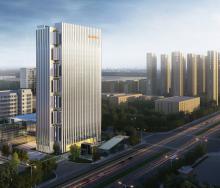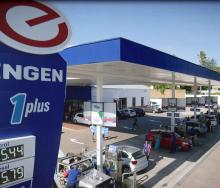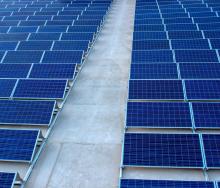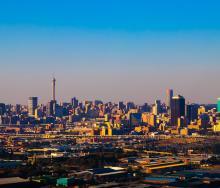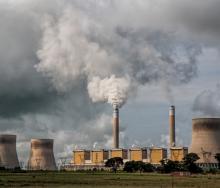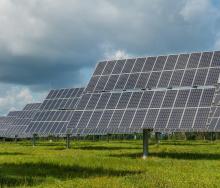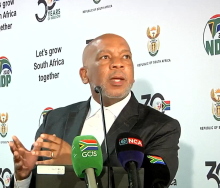South Africa has reached a “tipping point” where solar installations are no longer driven by the need to keep the lights on but to save money, according to an update by GoSolr.
The company, which offers solar subscription solutions for households and businesses, recently released its latest quarterly Light Paper, which looks at the changes in the solar market from April to June 2024.
To date, South African households have installed 5 790 MW of rooftop solar capacity (350 MW added in the second quarter of this year).
While the initial growth of solar in South Africa was largely motivated by load shedding, now that some of that pressure has been removed, new drivers are emerging, says GoSolr CEO Andrew Middleton.
Speaking at a media roundtable in Johannesburg on August 6, he said the South African market had crossed a threshold. “We’ve now entered phase two of the clean energy boom, which is underpinned by cost considerations.”
This is primarily due to ongoing tariff hikes by Eskom, he said.
Conservative estimates suggest that Eskom’s costs will rise by approximately 50% over the next three years whereas the cost of subscription solar packages is expected to increase by about 13%, GoSolr reports.
Sensible tariff reform
It’s imperative that reliable and clean energy becomes more accessible to all, including lower-income consumers who have been unable to make these choices, Middleton said.
“With the cost of solar installations coming down, this is becoming achievable. However, a sensible tariff in South Africa is key to democratising access to solar energy.”
Eskom has proposed a new tariff structure, seeking to convert its revenue collection to 70% fixed and 30% energy charges. This aims to increase charges for grid connections and reduce usage charges.
“The 70/30 split suggested by Eskom will be detrimental. Looking at models deployed in other countries, like Norway, the split between fixed versus energy charge should not exceed 40/60,” said Middleton.
Government also needs to incentivise solar users. “Apart from getting the best possible tariff structure, there needs to be good market signals. This means scrapping the 10% import tax on solar panels and implementing incentives that encourage households to discharge batteries when the system needs them the most such as during peak hours and at certain times of the year,” he said.




